Questions about scams are common on Travel Stack Exchange, particularly those where inventive scammers come up with sob stories about how they’ve been detained at the airport or can’t get a visa unless their victim sends them thousands of dollars. Often the scammers attach “evidence” of their travel plans, including fake tickets and boarding passes. Here’s a recent one:

As far as these things go, it’s a passable attempt, although the photoshopping definitely has room for improvement. Yet cosmetics aside, the content alone has over a dozen clear indicators that this is a fake, so here’s a detailed rundown of things to look for.
Itineraries, tickets and boarding passes
First up, many scammers are not clear on the difference between an itinerary, a flight ticket and a boarding pass.
An itinerary is an official-looking printout of a possible flight; many travel agents can generate these before the flight is booked or paid for. A flight ticket is the airline’s confirmation that somebody paid for a flight, but it doesn’t mean they actually boarded them. Only the boarding pass, received after check-in either in paper form at the airport or electronically via an app, suggests that they did board, or at the very least got so far in the process that they’ll have a hard time getting a refund. Key takeaway: while itineraries and tickets don’t prove they actually flew, you can apply many of the techniques below on them as well, and a fake itinerary or ticket is proof they’re up to no good.
In the link above, the scammer provided the scanned boarding pass to show that they were going to fly, but claimed they could not board the flight because of COVID. This makes no sense, since if they had been refused boarding, they would never have received a boarding pass!
Flight number
The place to start checking is the flight number, here UA2704, which is unique(-ish; there are some exceptions) to a given pair of cities and even encodes the direction of the flight. You can look these up with a public tool like FlightAware, which in this case reveals that United Airlines flight 2704 did not operate on 27 Sep 2024. In fact, the last time UA2704 did fly before that was on 31 Aug 2024, when it was used for a domestic flight from Philadelphia to Chicago.
There are also subtler airline-specific patterns to look for. In general, United’s international flights use 3 or less digits, not 4, so while United does actually fly SFO-LHR, it uses flight numbers UA 901 and UA 930.
Departure airport
Next, you can take a look at the terminals and gates of the departure airport, here supposedly gate C16 at San Francisco (SFO). Using the official SFO website, we can see that United’s international flights use International Terminal G, where all the gate numbers start with G, not C. Even in the unlikely event that Terminal G was out of use, United’s domestic flights from SFO use Terminal 3 (D, E or F gates), never C. And the final smoking gun is that gate C16 doesn’t even exist: the airport map shows that the C gates end at C11.
Arrival airport
Since gates are typically assigned only shortly before arrival and thus not printed on the boarding pass, we have less information about the arrival airport, here London Heathrow (LHR), but there are still a couple of telltale signs that something is off. First, the boarding pass says the destination is simply “London”, but since London (like most major cities) has multiple airports, LHR is always written out as “London Heathrow”. Also, in the US, international boarding passes typically say “INTL” in the top right corner, which is missing here.
Seating
The boarding pass says they were assigned window seat 23D. Using FlightAware, you can check what aircraft was used to operate a given flight. United’s actual SFO-LHR flights, like UA902, typically use a Boeing 777-200 for this route. If you cross-reference this against United’s B777-200 seat map, you’ll notice that this is a dual-aisle widebody aircraft where seat 23D is an aisle seat, not a window.
Careful with this one though: United operates four different versions of the 777-200, so while eg. seat 8A doesn’t exist in the 777-200ER v2, it does exist in the 777-200ER v1. But there are no versions where people in the middle have windows!
Timing
This boarding pass has four times listed: start of boarding, end of boarding, flight departure and flight arrival. The first tell that something is off is that boarding begins at 11:10 PM and ends at 11:20 PM. Since a Boeing 777-200 has over 300 passengers, they would need to board at a speed of 1 passenger every 2 seconds to all squeeze in during that 10-minute window. If you’re ever witnessed an actual boarding process, you’ll agree this is unlikely.
The other thing to check is time zones. FlightAware tells us that a typical United LHR-SFO flight takes around 10:30. On 27 Sep 2024, LHR was 8 hours ahead of SFO, so if the flight departed at 11:30 PM, it should land at 23:30 + 10:30 + 8:00 = 42:00 = 18:00 + 1 day meaning 6 PM the next day, not 11 AM.
Frequent flyer status
Boarding passes encode information about the passenger’s frequent flyer status, some of it obvious, some of it subtle.
In this case, the passenger is listed a United MileagePlus member (UA **341), but there is nothing after the number, meaning they are not an elite member. (Compare with this boarding pass, where “PREMIER SILVER” is printed.) Nevertheless, the boarding pass claims that for this Economy class flight, they are in Boarding Group 1, which is reserved for top-tier frequent flyers: you can’t even buy your way in.
The boarding pass also states that the passenger is TSA PreCheck cleared and has Premier Access. While it is possible to purchase these, it’s quite unlikely somebody who is not a frequent flyer would bother.
Ticketing codes

And finally we reach the most obscure depths of the boarding pass: ticketing codes. You’re unlikely to need any of this, but on the other hand, only a really airline-savvy and detail-oriented scammer will get these bits right.
At the bottom left we see “Confirmation: EFVC5M“, where the 6-letter code is the record locator of the passenger name record (PNR) used to manage changes to the booking. If you know this code and the passenger’s last name, you can look up the ticket on the airline’s website or third-party services, and this is in fact the only way to guarantee that somebody actually bought the ticket they claim to have bought. However, PNR searches usually stop working soon after the flight takes off (no point checking in or altering a flight that’s already in the air), and you should not be looking up other people’s details without their permission anyway. So this is unlikely to be helpful for sussing out scams after the fact.
Don’t worry, there’s more! Every ticket has an individual ticket number, where the first three numbers are the IATA airline code of the airline that issued it. In this case, the ticket number at the bottom left corner starts with 847, which is the code for West Air in China. United Airlines uses 016. (Aside: this one is a genuine mystery to me, because everything else is consistent with the scammer photoshopping an actual UA ticket. Maybe they just put in a random number?) You have to be a little careful with this one too, because for codeshares and multi-airline itineraries, the issuing airline does not always match the operating airline.
In the top left corner of the boarding pass, you can find the six-character string D89606, which is the ticket’s fare basis. Fare basis strings are very airline-dependent and largely opaque, but one useful heuristic is that the first character is the fare class, where F or A means First, C/D/I/J mean Business and most anything else means Economy; these rules are not ironclad, but it’s unlikely that an Economy ticket would have a D fare class. Other common patterns are OW/RT at the end for one-way/return, and CH/IN for child/infant fares. It’s even possible to look up all available fare bases for a given trip, but this requires a paid subscription to a tool like ExpertFlyer. United is also rather unusual in printing this information on the boarding pass, since most other airlines do not, although you can often find it in itineraries and tickets.
Last but not least, boarding passes these days always have a barcode that repeats a lot of information elsewhere on the ticket for easy scanning. The example above blurs out the barcode, but if you have an full boarding pass, you can use a free app like PDF417 Barcode Scanner for Android to decode it. The actual content of what you’ll get varies per airline; here’s a good example for Qantas. Again, you’re looking for discrepancies, since a boarding pass for John Smith with a barcode saying it’s for Mary Jones is a bit of a giveaway.
And there we go: you’ve just learned fourteen different ways to spot that a boarding pass is fake! Stay safe out there and remember, if it looks too good to be true, it probably is.

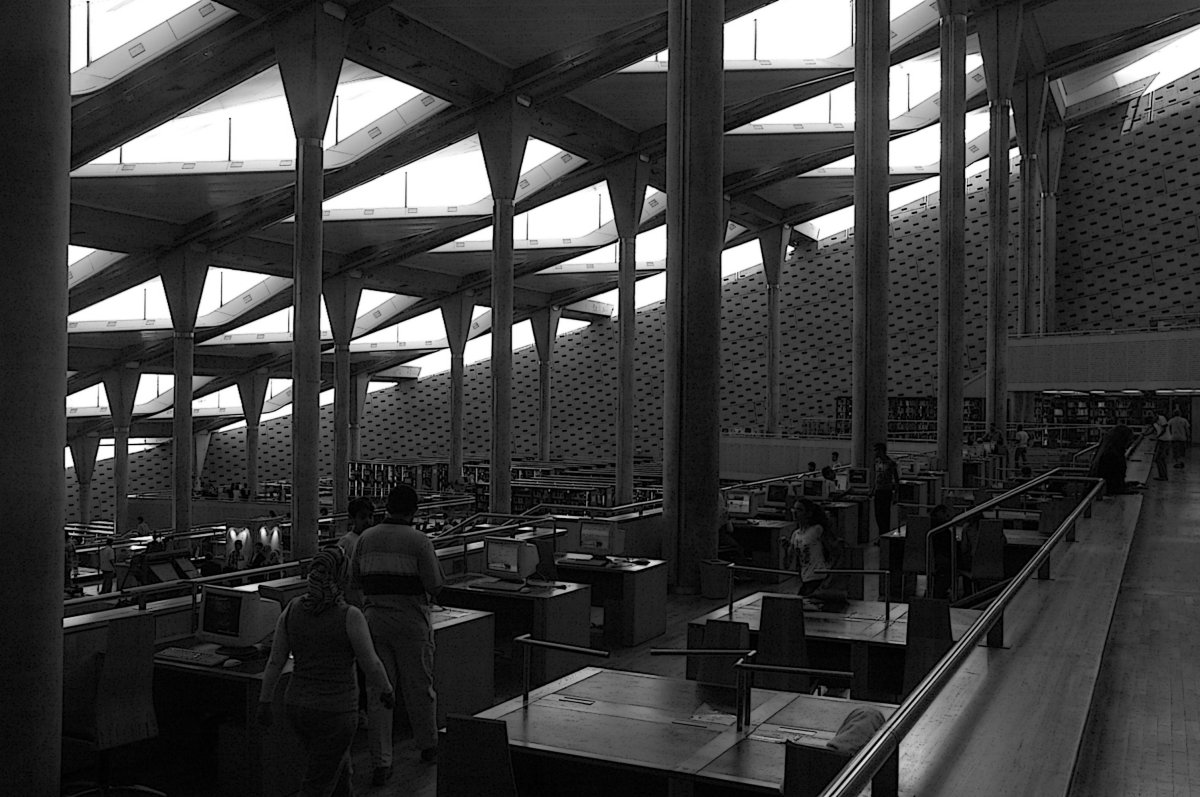
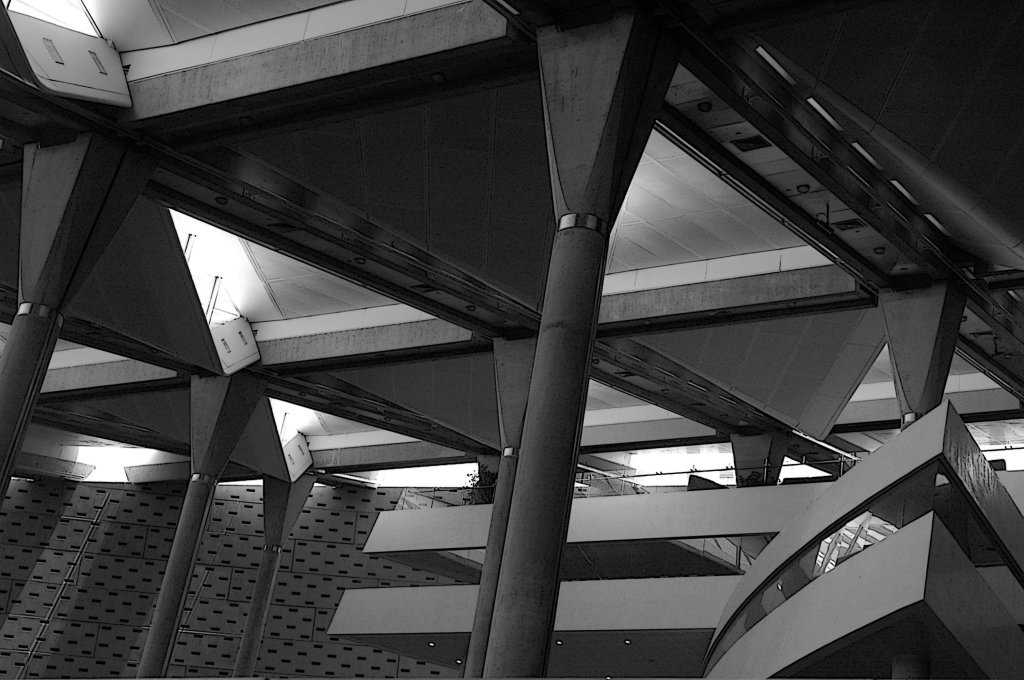
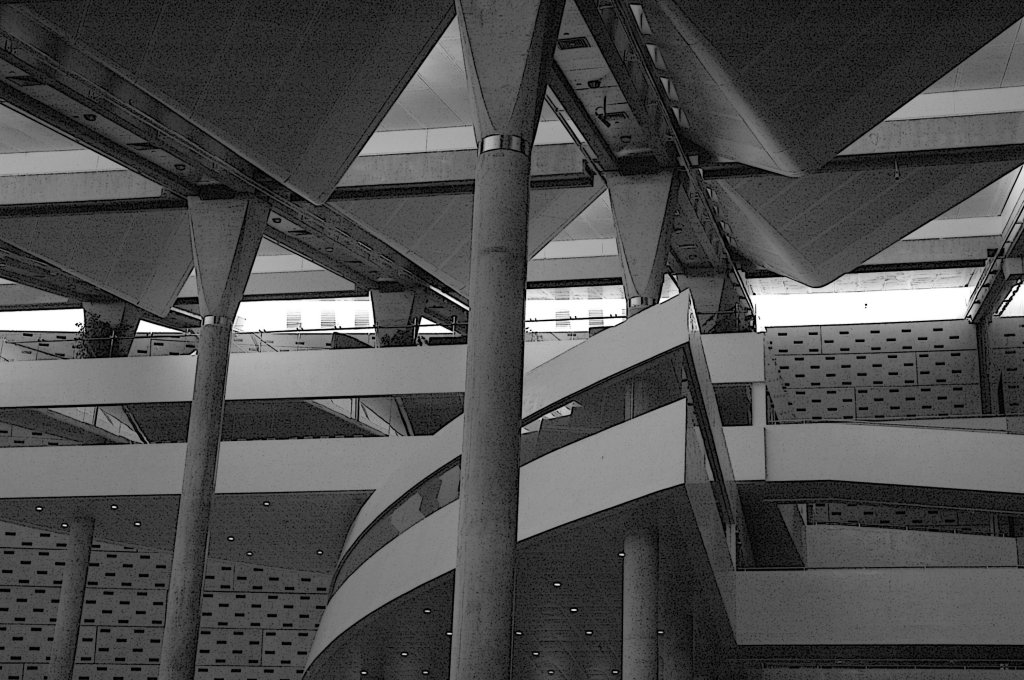
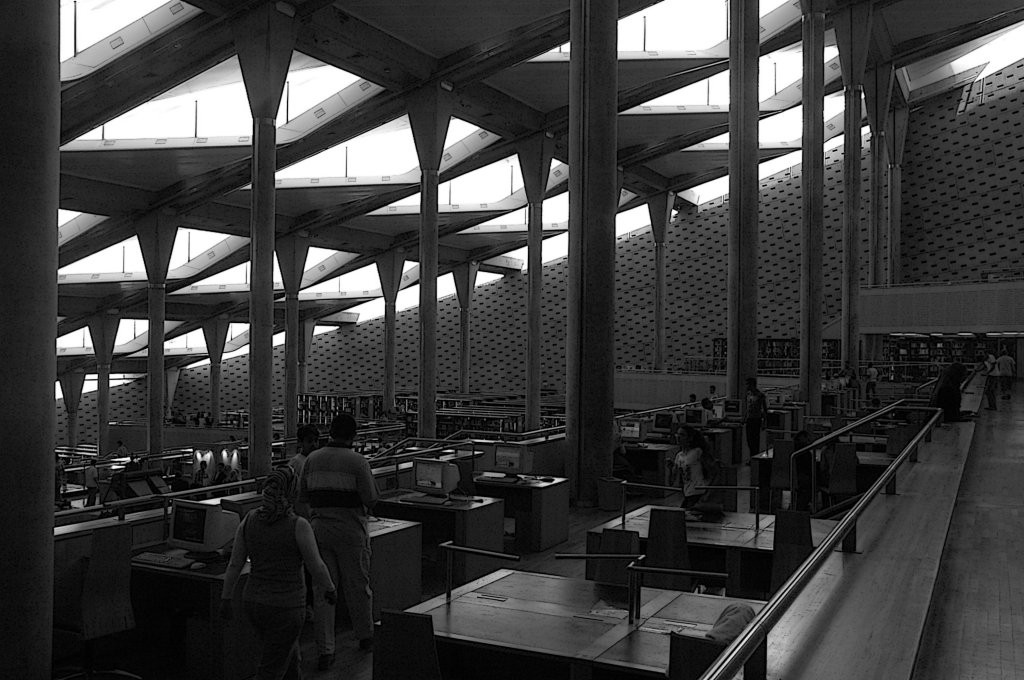


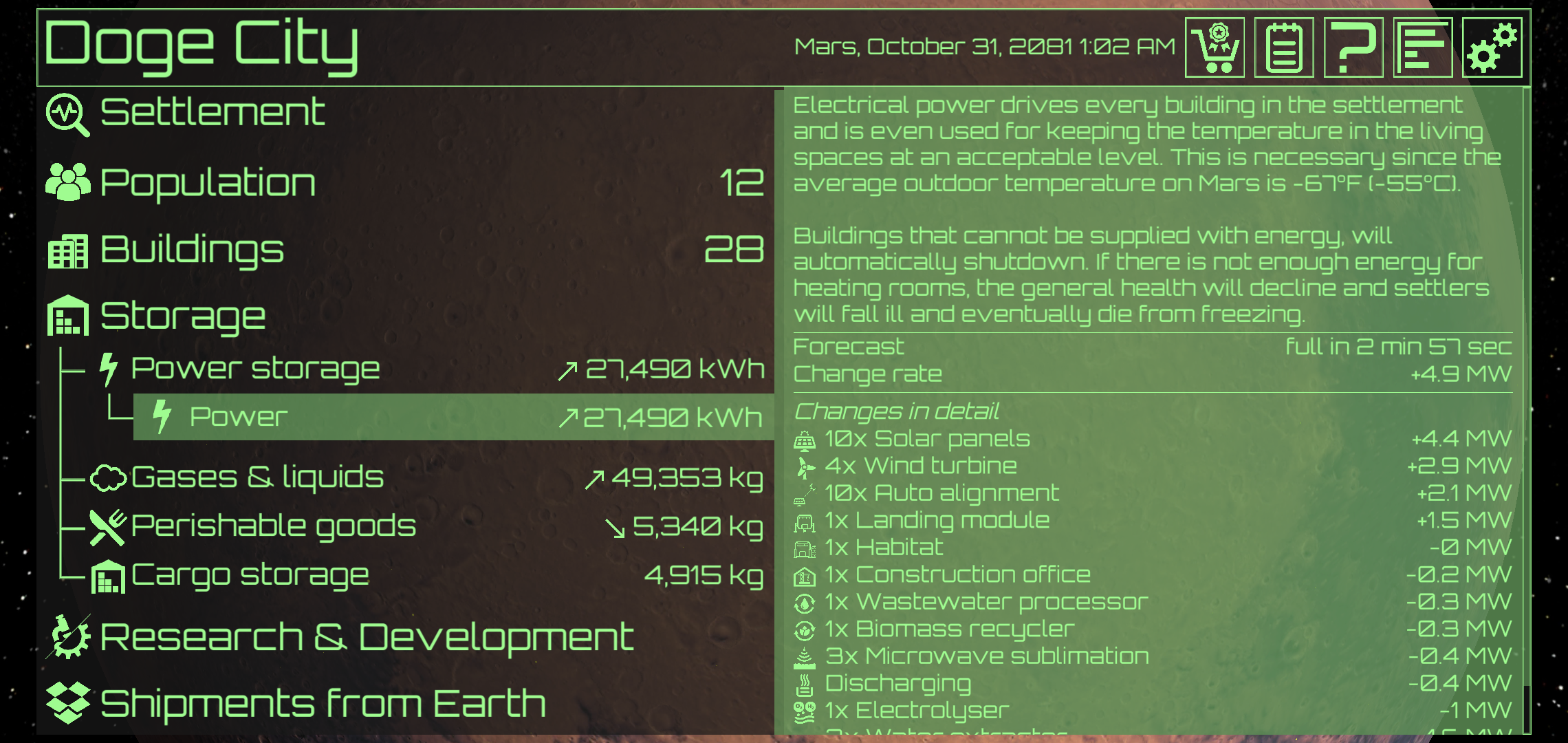
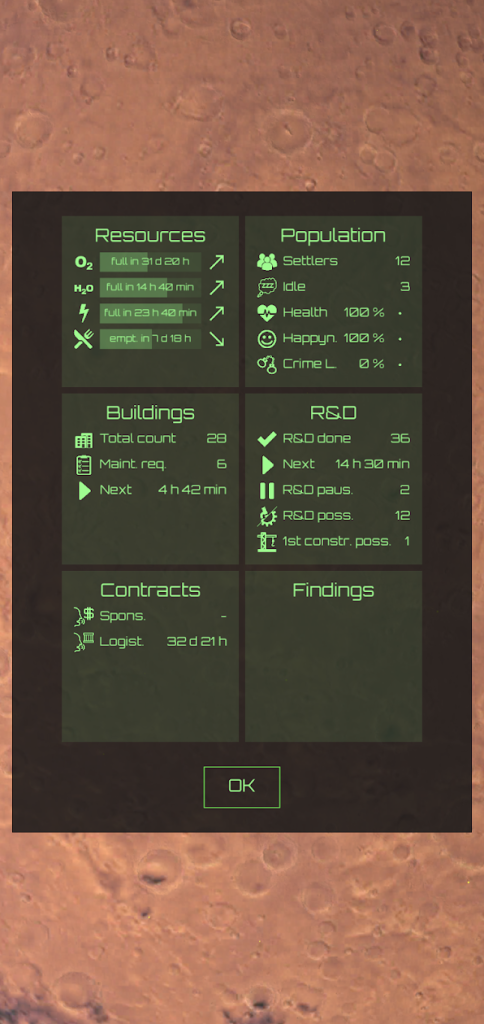

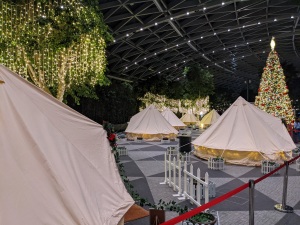


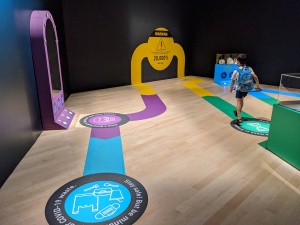


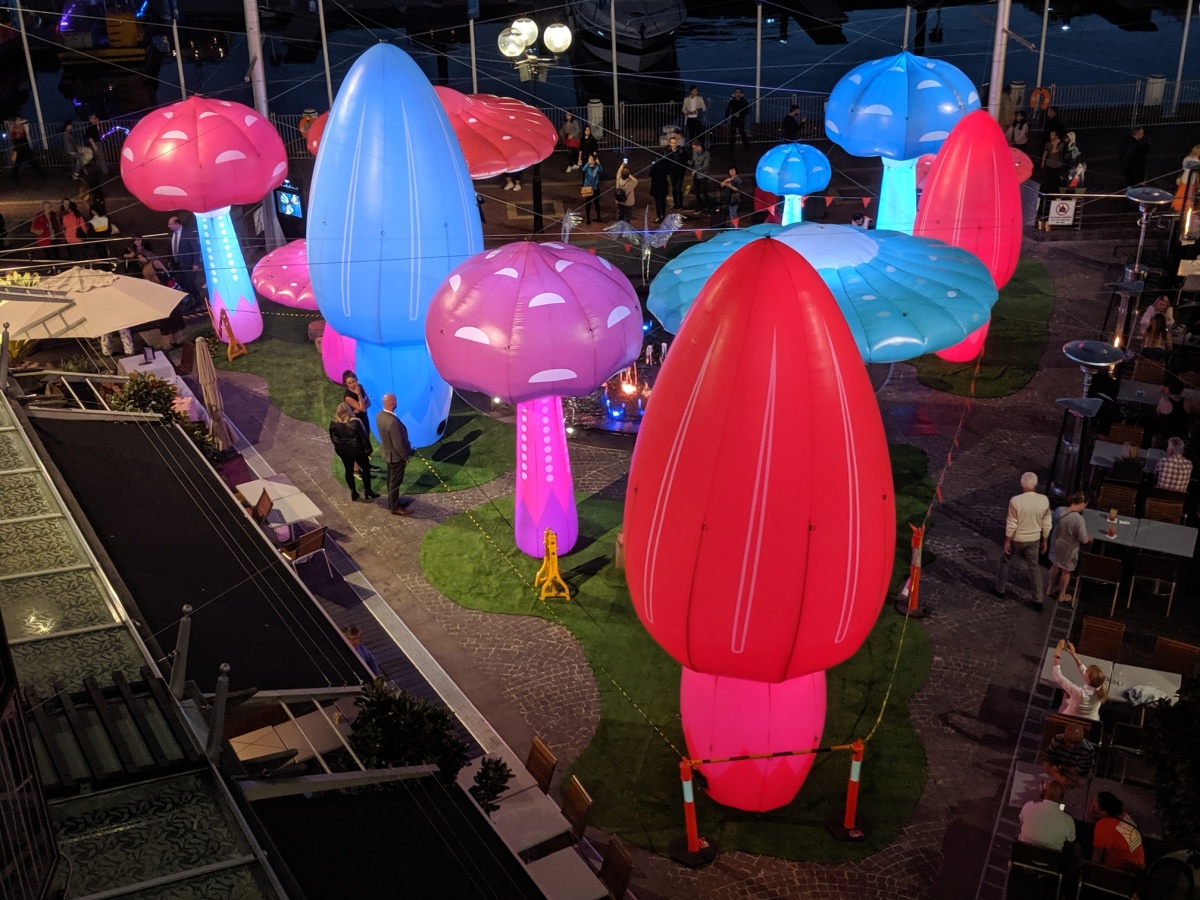

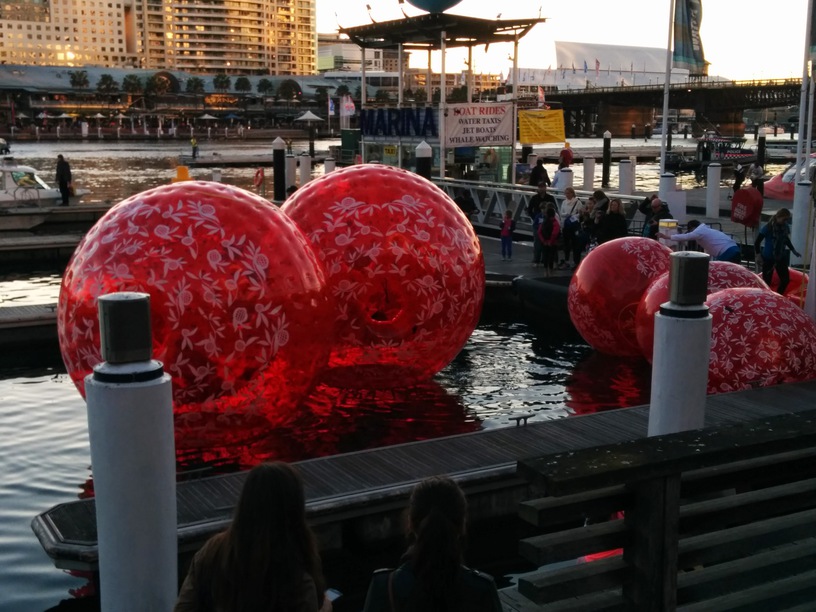


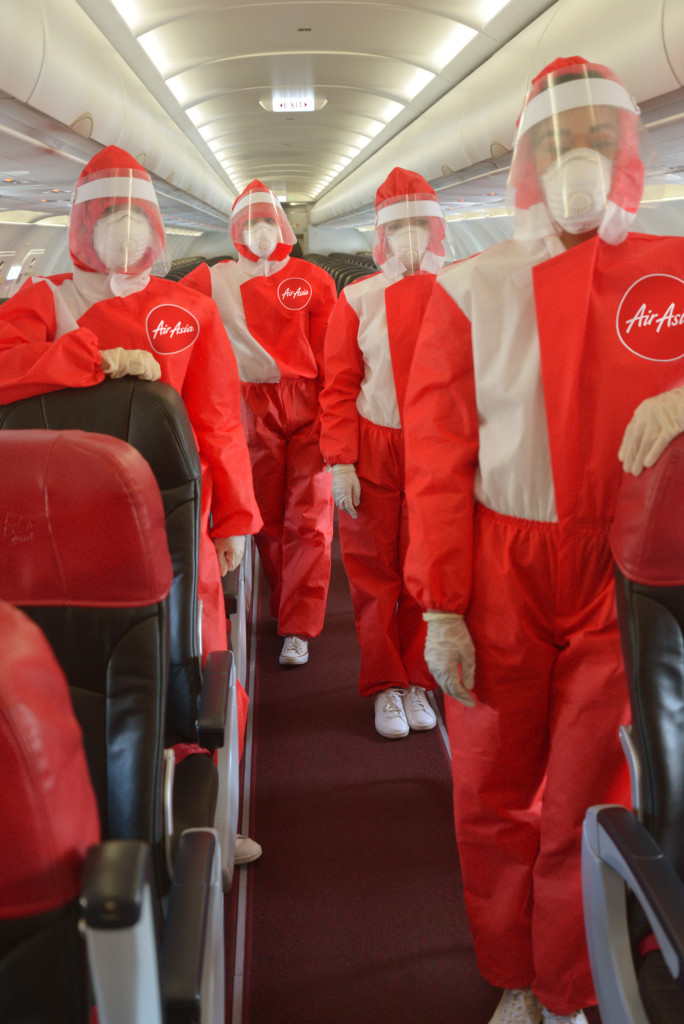

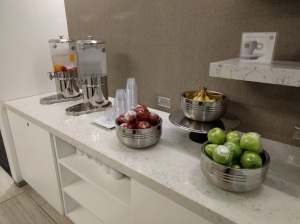
 Seating
Seating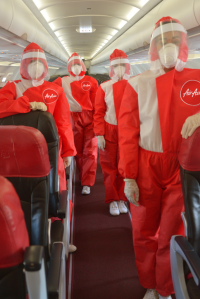
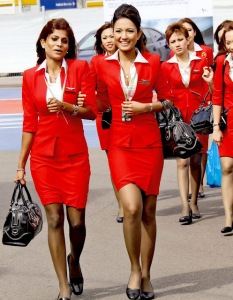
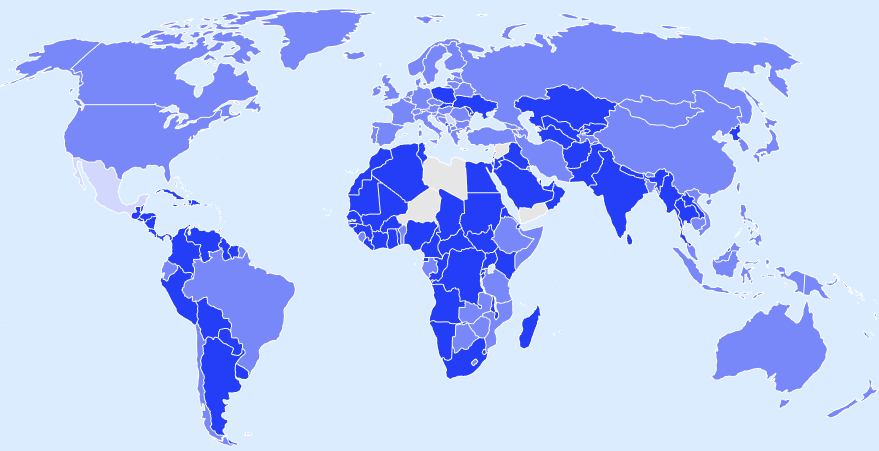
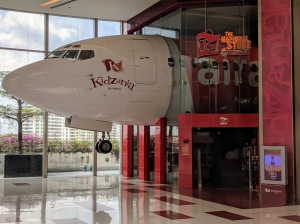 Any discussion of whether these measures are “worth it” involves a complex calculus that goes beyond the already involved economy vs health tradeoffs of any COVID-related policy. Airline travel is more emotionally charged than a trip to the supermarket, for travellers and decision makers alike, and there are two separate risks to weigh: the spread of COVID-19 between passengers, and the risk of bringing COVID-19 carriers to somewhere where they can infect others.
Any discussion of whether these measures are “worth it” involves a complex calculus that goes beyond the already involved economy vs health tradeoffs of any COVID-related policy. Airline travel is more emotionally charged than a trip to the supermarket, for travellers and decision makers alike, and there are two separate risks to weigh: the spread of COVID-19 between passengers, and the risk of bringing COVID-19 carriers to somewhere where they can infect others.




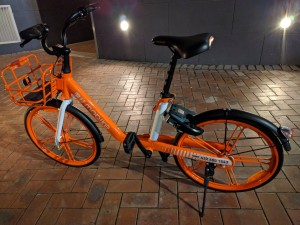 The first reason is simple: they’re the only ones still trying. In the last few weeks, not only has a fresh flood of Mobikes hit the streets, but some of them are the next-generation
The first reason is simple: they’re the only ones still trying. In the last few weeks, not only has a fresh flood of Mobikes hit the streets, but some of them are the next-generation  Last but not least, Mobike is the only one still restocking helmets: here’s a recent shot of 6 Mobikes in a row, where every single one has a helmet. (Although I’ll admit this was more like winning the lottery than a daily sight.) Given that the boys in blue are actually enforcing the law every now and then, meaning you risk a stonking $319 fine if caught without one, you’re a fool to bike without a helmet — and good luck finding one that’s not orange.
Last but not least, Mobike is the only one still restocking helmets: here’s a recent shot of 6 Mobikes in a row, where every single one has a helmet. (Although I’ll admit this was more like winning the lottery than a daily sight.) Given that the boys in blue are actually enforcing the law every now and then, meaning you risk a stonking $319 fine if caught without one, you’re a fool to bike without a helmet — and good luck finding one that’s not orange.
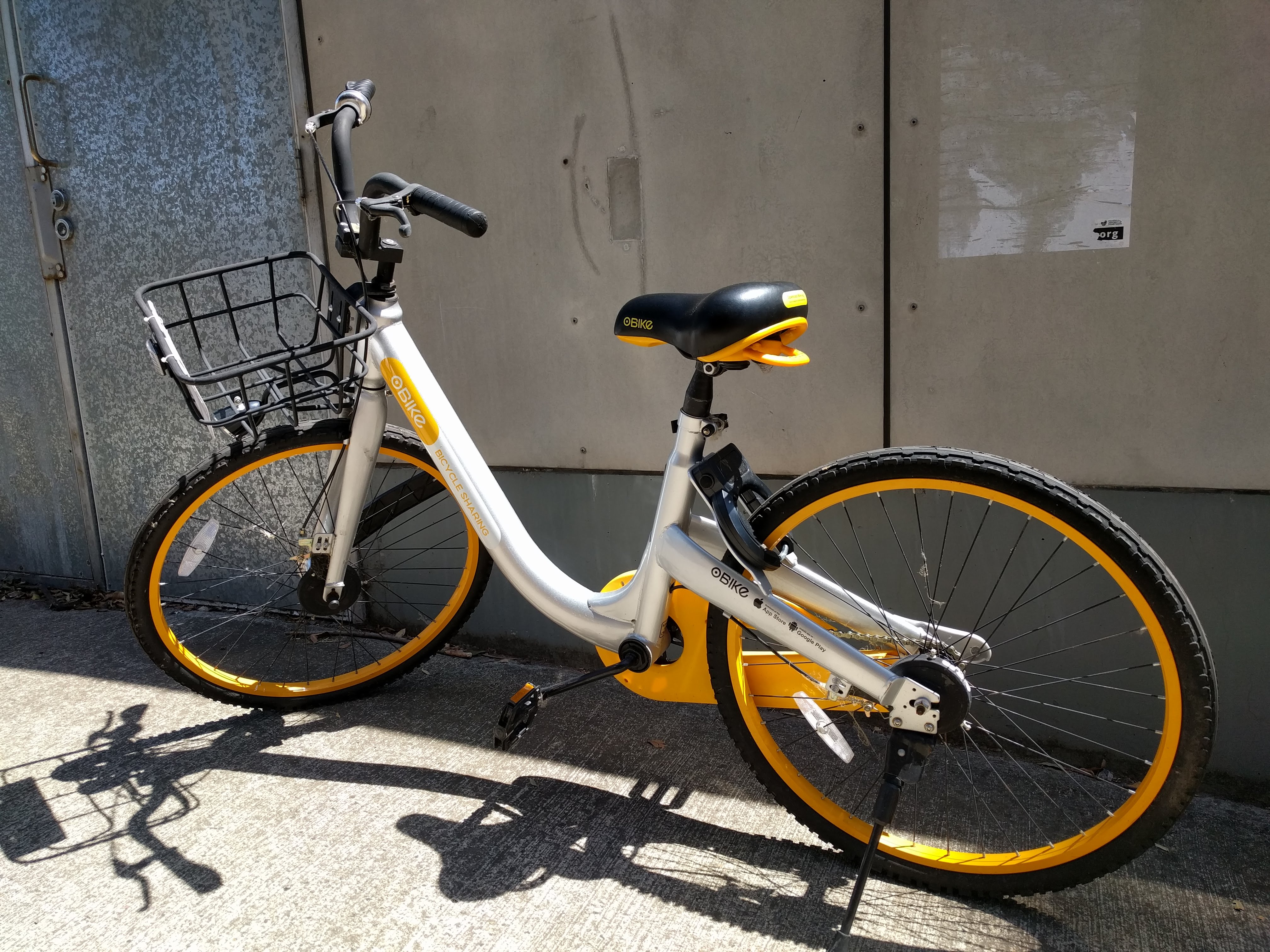
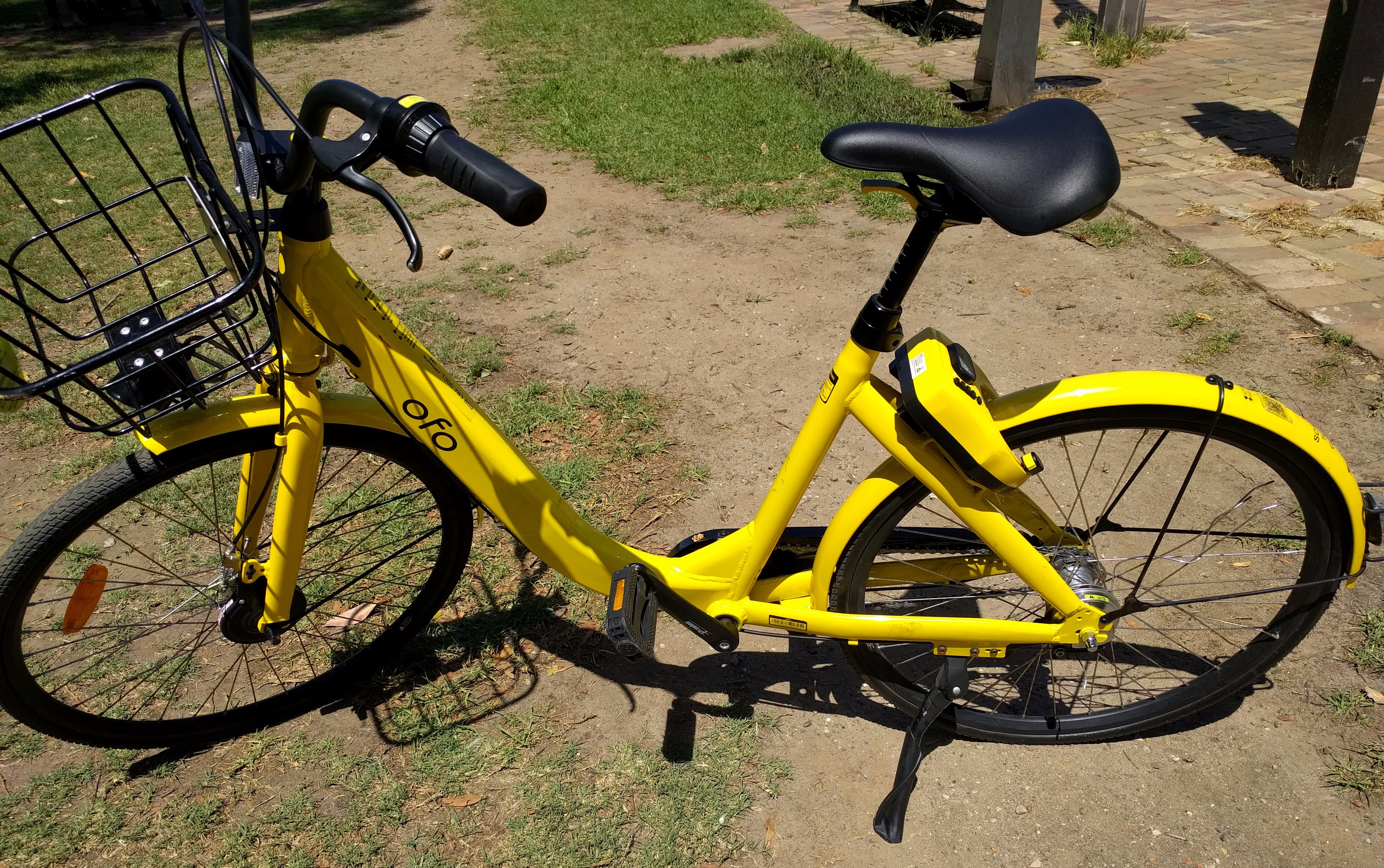
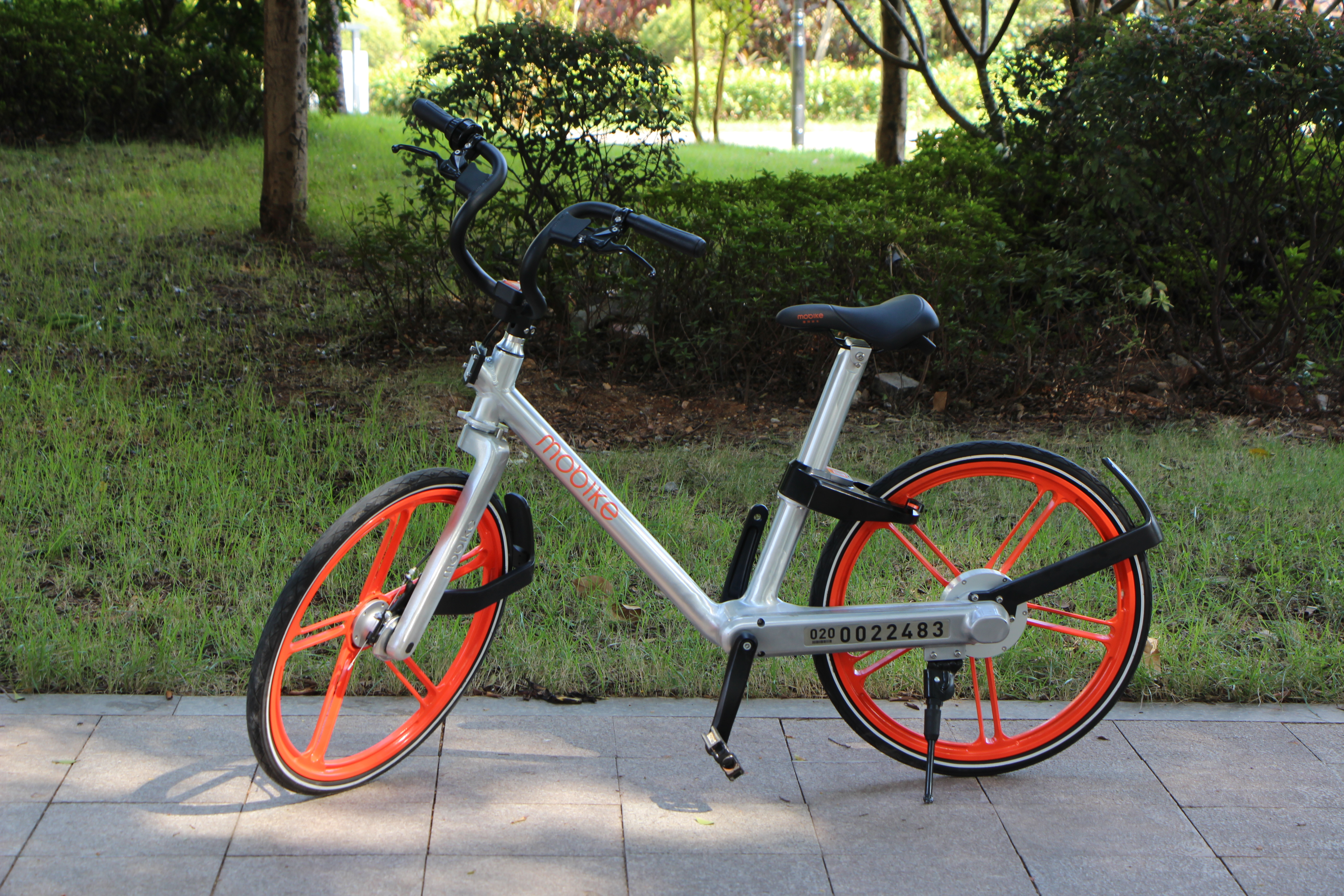
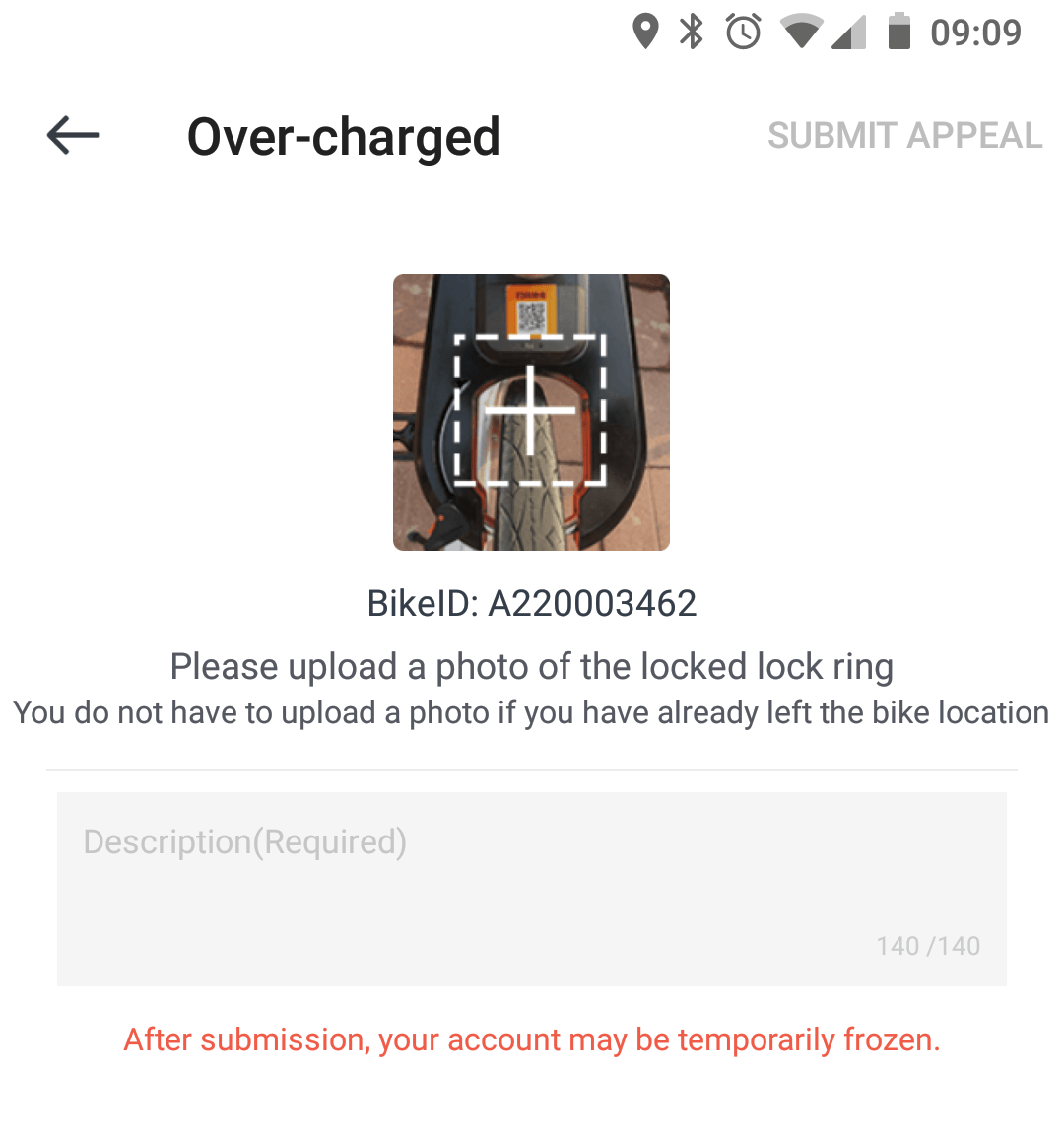 App (♥♥♥): For a long time Mobike’s app scored a solid zero, because it would crash every time I tried to open it. They finally fixed that glitch a few weeks ago, and now it’s mostly usable. Unlocking is flaky, but whereas Obikes flake out and refuse to physically unlock, Mobike will release the lock bar on the bike and the app will then tell you “unlocking failed”. Free ride for the win? At the end, after you lock, the app will first tell you off for “Over-charged” and threaten to freeze your account, only to suddenly remember that you’re in free trial and everything’s actually copacetic.
App (♥♥♥): For a long time Mobike’s app scored a solid zero, because it would crash every time I tried to open it. They finally fixed that glitch a few weeks ago, and now it’s mostly usable. Unlocking is flaky, but whereas Obikes flake out and refuse to physically unlock, Mobike will release the lock bar on the bike and the app will then tell you “unlocking failed”. Free ride for the win? At the end, after you lock, the app will first tell you off for “Over-charged” and threaten to freeze your account, only to suddenly remember that you’re in free trial and everything’s actually copacetic.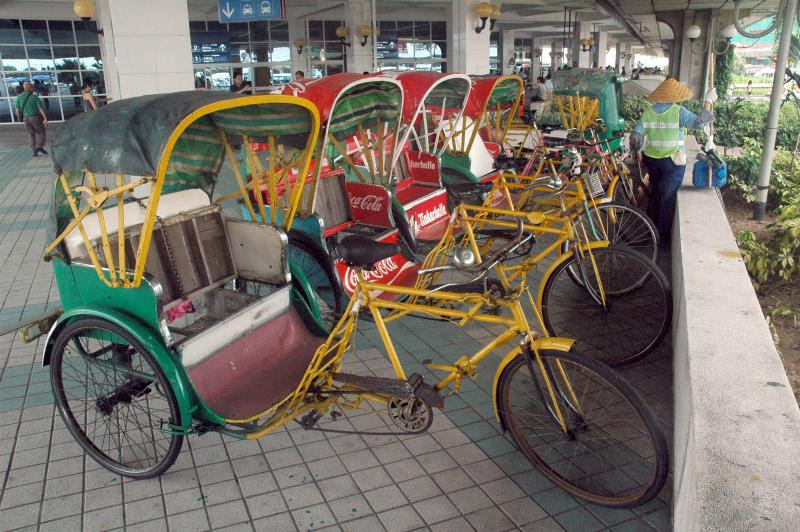 Dockless bike sharing may be a killer app, but NSW’s absurd helmet laws are the killer app killer. In addition to the “yuck” factor of sharing headgear with random strangers, it’s getting really difficult to find a bike of your preferred brand that has a helmet attached. While quite many people choose to ride without one, the prospect of a $330 fine is going to deter a lot more people. It’s a huge logistical challenge for bike share companies too: even when bought in bulk, the cost of delivering helmets alone will destroy profit margins, no matter how indestructible the bike.
Dockless bike sharing may be a killer app, but NSW’s absurd helmet laws are the killer app killer. In addition to the “yuck” factor of sharing headgear with random strangers, it’s getting really difficult to find a bike of your preferred brand that has a helmet attached. While quite many people choose to ride without one, the prospect of a $330 fine is going to deter a lot more people. It’s a huge logistical challenge for bike share companies too: even when bought in bulk, the cost of delivering helmets alone will destroy profit margins, no matter how indestructible the bike.